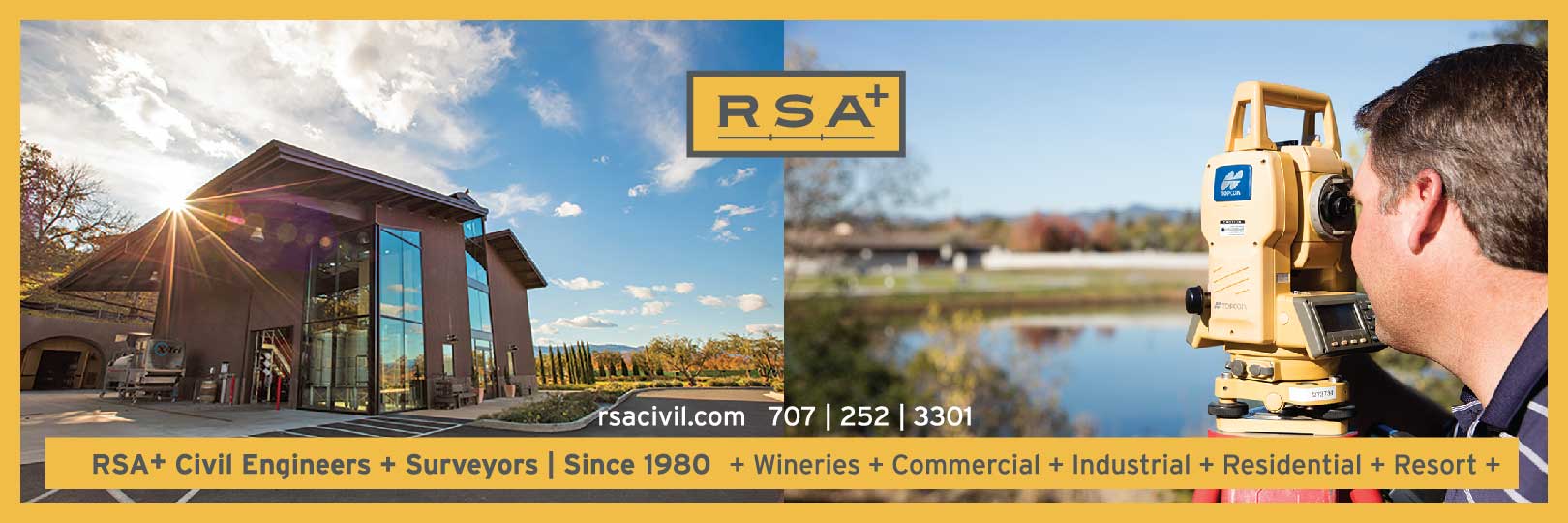Talking Points
RSA+ Sharing News & Insights
Do You Need Permits?
How to Work with Your Local Building Permitting Agencies.
Obtaining a permit to build or remodel a building can be one of the most frustrating and eye opening undertakings a property owner can experience. RSA+ assists our clients with obtaining hundreds of permits every year. Our teams are experts in processing many different types of permits from state, county, and city agencies. We may make the process look easy, but, in truth, we are often times customizing our approach to meet the specific needs of the reviewers and the project. This article outlines some of the strategies that we use to help make the permitting process as efficient and painless as possible.
Why is the process is so complicated?
First, it’s very important to understand why the process is so complicated. When I started my engineering career in the late 1980’s, I worked for a public agency. At that time, the State of California’s Building Codes were relatively straight forward and most of the contractors could easily follow the requirements. In the early 1990’s, we began to see new requirements passed down from the state in the form of building code changes on other regulations. These new requirements addressed environmental quality, enhanced structural requirements, and higher levels of fire safety.
Establish a good rapport with the plan reviewer.
As soon as our (public) agency figured out how to implement the new requirements, a new round of changes would be mandated and we would have to start the process all over again. In addition, our agency had to hire new people and spend more time and money to process each permit. In summary, it is very difficult for the people doing the plan and permit reviews to stay current with the new requirements and to coordinate internally to ensure each permit meets the constantly evolving standards. The staff who work on these permits have challenging jobs and a little bit of understanding on the part of the applicant goes a long way. When working with public agency staff, it is incredibly important to be patient, professional, and friendly. Establishing a good rapport with the reviewer is the best way to reduce the time and effort it will take to get to the finish line.
Work as a team.
The second most effective strategy to navigate the review and approval process is to work as a team. If your project requires a professional designer and contractor, use the experience and expertise of these individuals to assist with the permitting and approval process. Check out your team to make sure that they have an understanding of the agency that is processing your permit. Also verify that the past relationships with agency staff are positive. I always recommend to my clients that they participate in the process. When an application has a personal face behind it, the opportunities to work through challenges immediately go up.
Have reasonable expectations.
Even with a positive attitude and the most competent team, the approval process is going to take some time and effort. The best way to maintain an optimistic outlook, is to start the process with reasonable expectations. Before making the first submittal, ask your team and reviewer how long it will take. Also ask about the fees associated with the review. One of my good friends gave me the following advice: “Fail to plan and plan to fail.” Having a realistic plan that predicts schedules and costs will avoid surprises that will upset your project.
It is very common for applications and plans to require three submittals or more to reach a completion point. After each submittal, the agency will typically issue comments and a list of items that must be addressed in order to finalize the application. It’s necessary to take the appropriate time to prepare a thorough and complete response to the review comments. Rushing the process only adds additional iterations of review which can substantially lengthen the processing time.
If necessary, work up the chain of command.
Sometimes a project encounters processing challenges that just seem overwhelming. What do you do when you are stuck and there does not seem like there will ever be an end to review and approval process? First, stay calm and positive. Next, work with your team to try to define why the process is stuck. Once you understand the root problem causing the delay, ask to schedule a meeting with a reviewer’s supervisor or manager. Higher level staff often times have more discretion to apply judgement and make decisions to move applications forward. At the meeting, explain the situation and make every effort to avoid casting blame. If the supervision or manager cannot or will not assist with resolving the issue, ask to schedule a meeting with the department head. Prior to a meeting with a senior official, you may want to contact your city council person or supervisor. You will be surprised to learn that your council person or supervisor actually appreciate the opportunity to help resolve issues and improve the process. They may even attend the meeting with the department head to help facilitate a solution. Once a determination is made it is critically important to send a verification correspondence to the agency to document the final determination. We have learned that if it is not in writing, it never happened. By working up the chain of command, you will create opportunities to resolve the issue in a manner that minimizes blow back from the staff reviewing your permit.
There is nothing that anyone can do to make the permit review and approval process simple and easy; however by building good will, working as a team, having a plan with realistic expectations, and working up the chain of command, you can minimize the frustration and time involved in getting though the permit review and on to construction phase of your project.
Blog | Talking Points
Hugh Linn, President RSA+
Hugh Linn is the business manager and leader of the firm's executive team. He has both a public and private engineering background. As a planner and engineer, Hugh Linn has brought a wide variety of projects to successful completion. His broad experience allows him to respond to each client's requirements, accurately assess the needs of a project, and design the best solution on time and within budget. Hugh's innovative thinking positions the firm to be an industry leader in meeting the economic and environmental challenges ahead.
This article was published in Napa Spotlight Magazine
Read More News & Highlights
-
Approvals
- Jul 21, 2021 New, Bigger Fire Station for Carneros
- Jul 17, 2020 Use Permit Approval in Napa County
- Mar 2, 2020 Westin Verasa
- Oct 17, 2018 RSA+ Aids Winery With Use Permit Modification
- Aug 1, 2018 ZD Wines
- Apr 13, 2017 ZD Wines Approval
- Jan 23, 2017 Napa County Approves Winery Project
- Dec 29, 2016 RSA+ Helps Napa Vault Obtain #Napa County Planning Commission Approval
- Oct 26, 2016 RSA+ helps Kenzo Estate obtain County approval
- Oct 11, 2016 Sleeping Giant Winery Receives Approval
- Sep 16, 2016 RSA+ Client Chanticleer Winery Gains Planning Commission Approval
-
Community Involvement
- Jul 7, 2020 Advisory Committee Appointment
- Sep 14, 2016 RSA+ Sponsors Light The Night in Downtown Napa
-
Company Culture
- Aug 6, 2021 We're Hiring
- Oct 31, 2017 Happy Halloween from RSA+
-
Ground Breaking
- Feb 10, 2017 Habitat for Humanity Breaks Ground in Napa
- Aug 11, 2016 New Warehouse Breaks Ground in American Canyon
-
Public Project
- Jul 21, 2021 New, Bigger Fire Station for Carneros
- Sep 27, 2017 Survey says .....!
-
Winery
- Jul 17, 2020 Use Permit Approval in Napa County
- Jun 30, 2017 Another Project Completed by RSA+
-
Affordable Housing
- May 12, 2020 100% Affordable Housing Project in Napa
-
Completed Project
- Aug 9, 2021 Gold Nugget Award
-
Estate
- Jun 30, 2017 Another Project Completed by RSA+
-
Project Milestone
- Feb 10, 2017 Habitat for Humanity Breaks Ground in Napa
-
Residential
- Jun 30, 2017 Another Project Completed by RSA+
RSA+ Family of Companies
Studio 1515
Landscape Architecture
Linn Design Studio
Graphic Design & Branding
Napa Reprographics
Large format printing












